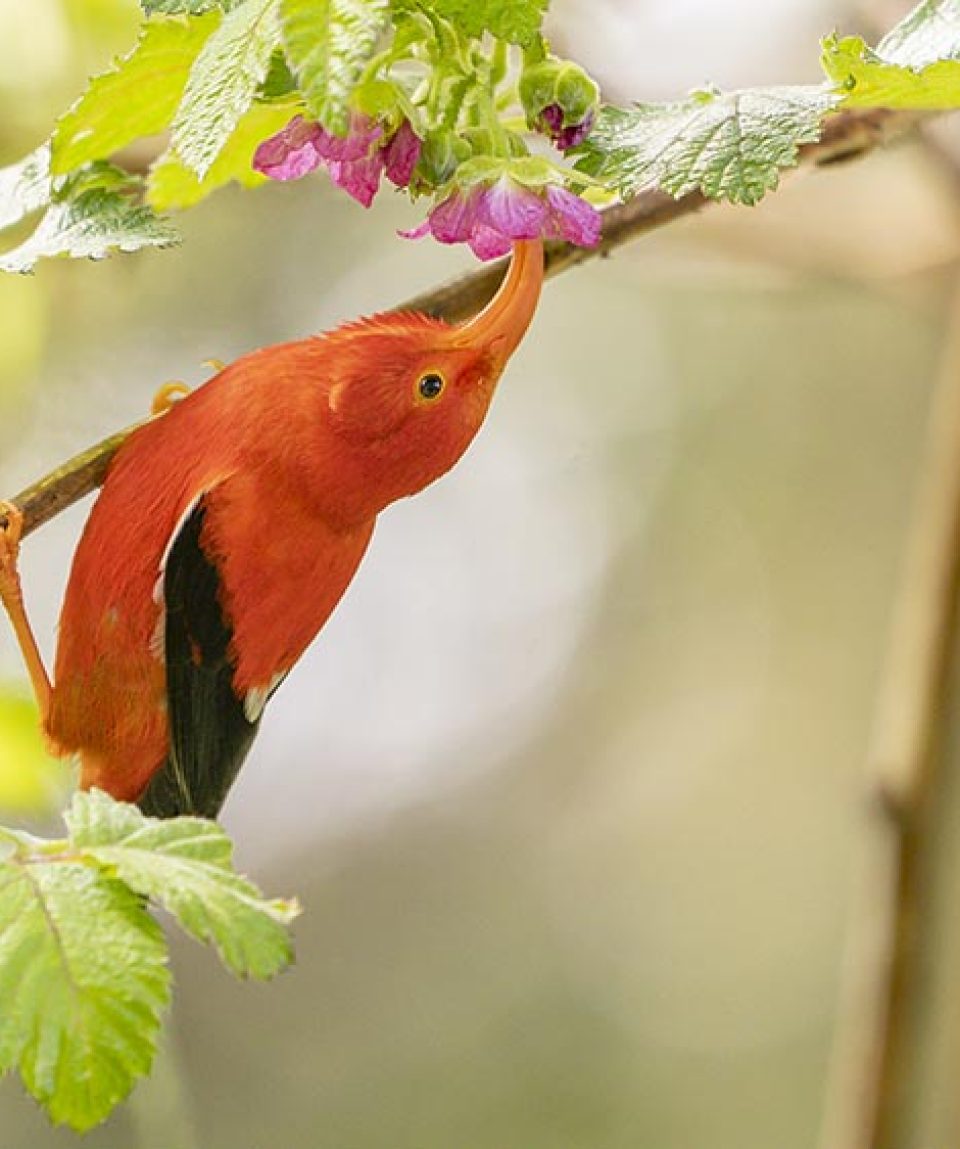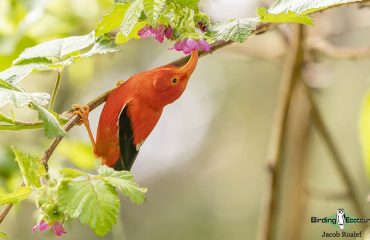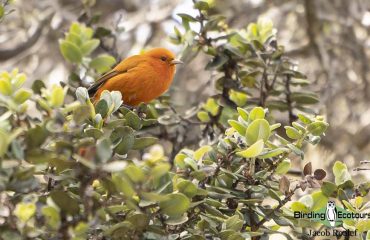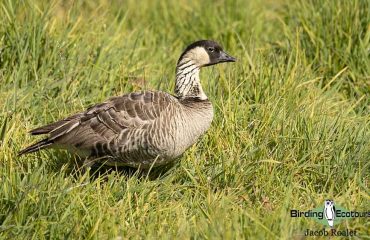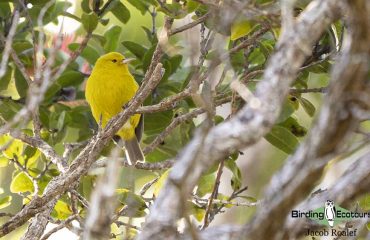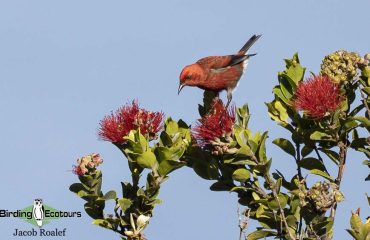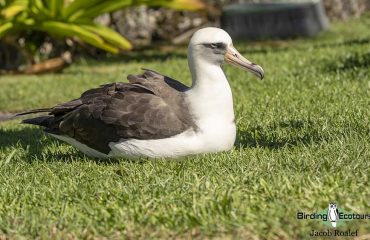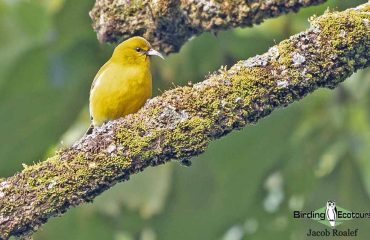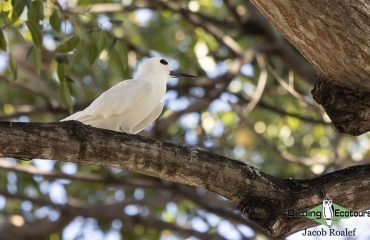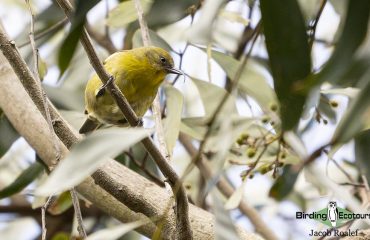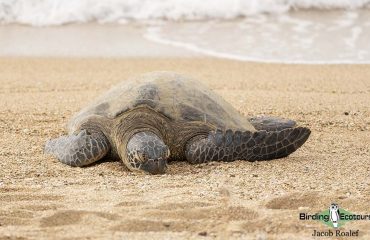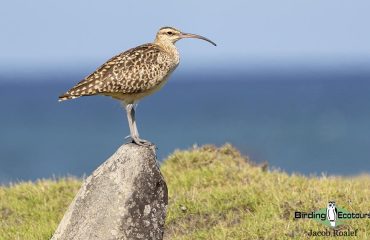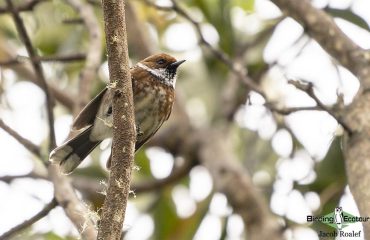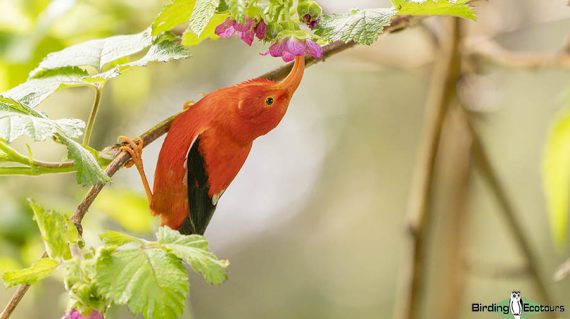
2027 Hawaii – ABA & Endemic Birding in the Pacific
-
Reviews 0 Reviews0/5
-
Vacation Style Holiday Type
-
Beach
-
Binoculars
-
Boat-trip
-
Hiking
-
-
Activity Level Challenging
-
Group Size Medium Group
Hawaii – commonly referred to as the ‘Aloha State’ with its welcoming atmosphere, is a tropical paradise that is about as unique as they come. Once an independent nation, years ago, Hawaii is now an officially recognized US state, making up one of the 50 American states. Hawaii is comprised of a string of islands known as the Hawaiian Archipelago, located far out in the Pacific Ocean, isolated from the rest of the world. There are eight primary islands that feature in the archipelago, namely – Niʻihau, Kauaʻi, Oʻahu, Molokaʻi, Lānaʻi, Kahoʻolawe, Maui, and Hawaiʻi (Big Island).
Hawaii is well known as a prime vacation and wedding destination and has a great many highlights featuring some of the best surfing in the world and the largest naval command in the world. Hawaii’s biodiversity and in particular its avifauna is somewhat less well-known, and historically hasn’t accounted for much of the tourism boom to the region – but this is steadily changing. It is one of those birding destinations to visit as soon as possible before more endemics go extinct.
Due to its isolation from the rest of the world, Hawaii has a very high rate of endemism and features a number of strange and peculiar-looking birds, found nowhere else. It is extremely unfortunate that indeed a great number of various Asian and European species were introduced to these islands, as these, together with other introduced taxa, and the spread of mosquitos and avian malaria, have all had a devastating impact on the local biodiversity, and especially its birdlife. A large number of species have become extinct, with many more species now rare and thinly distributed, and on the precipice of extinction.
The official recognition of Hawaii and its birds as countable for the official ABA checklist, has encouraged a great many American-based birders to venture to these islands in search of the unique species found here. Although the region has drawn in ‘world-birders’ seeking to add these endemic species to their world lists, this inclusion has had a widespread positive impact on raising awareness of the plight of Hawaii’s threatened birds. It is thus with a great deal of pride that we added our birding tour to Hawaii in 2021, as we strive to continue help raising awareness of the plight of Hawaii’s endemic birds, and indeed help various conservation bodies throughout the state of Hawaii.
Our birding tour takes in the three main and easily accessible islands, O’ahu, Kauaʻi and Hawaiʻi (the latter more commonly known as Big Island). Here we focus our efforts on getting to the different sections of higher-altitudinal montane forest, in search of the various endemics and specials that still persist, while also ensuring we try and find as many of the introduced species as possible. Some of the islands’ most sought-after endemics include such species as Iiwi, Akiapolaau, Apapane, Akekee and Anianiau, through to more widely known species such as Nene (Hawaiian Goose) – which is also the official state bird of Hawaii. Unfortunately, since 2021 Palila has become difficult to find; this Hawaii tour is definitely one to do as soon as possible before more species slip into extinction. We’ve now slightly abbreviated our tour (by a day) as we will only make an attempt for Palila if we feel it worthwhile. We have unfortunately come to terms with the fact that Palila should no longer be a target species and spending an entire day looking for a bird that is most likely gone, is not worth our previous efforts.
Other desirable species such as Bristle-thighed Curlew, Hawaiian Petrel, White Tern, and Laysan Albatross also form core targets on our tour.
Hawaii’s blend of highly localized birds, jaw-dropping coastal vistas and the feeling of being in a tropical island paradise – all the while adding species to both your world and ABA lists, make Hawaii a destination not to be missed!
Duration: 9 days
Limit: 6 – 12
Date: 03 – 11 February 2027
Start: Honolulu, HI
End: Lihue, HI
Price:
US$10,859 per person sharing assuming 6 – 10 participants
Single supplement: US$2,002
We can run the same trip at a price similar to the larger group price for 2 tour participants, if they rent their own vehicle and pay for fuel – please e-mail [email protected] for details.
- All accommodation
- Meals (from dinner on Day 1 until breakfast on Day 9)
- Unlimited bottled water
- Permits
- In-tour flights
- Expert tour leader
- Local bird guide fees
- All entrance fees
- All ground transport, including airport pick-up and drop-off
- Pre/post-tour flights (to Honolulu, Hawaii /from Kona, Hawaii)
- Visas (if needed)
- Items of a personal nature, e.g. gifts, laundry, internet access, phone calls, etc.
- Any pre- or post-tour accommodation, meals, or birding excursions
- Soft/alcoholic drinks
- Personal travel insurance
- Gratuities
- Day 1 Arrival in Honolulu, O’ahu
- Day 2 Birding O’ahu – Waikiki to the Koʻolau Range
- Day 3 Birding O’ahu – The north shore
- Day 4 Birding Big Island – Pu’u La’au, Mauna Kea and surrounds
- Day 5 Birding Big Island – Hakalau Forest National Wildlife Refuge
- Day 6 Day 6. Pelagic Birding off Big Island
- Day 7 Flight to Kaua’i and birding Kaua’i
- Day 8 Birding Kaua’i – Kōkeʻe State Park
- Day 9 Departure from Lihue, Kaua’i

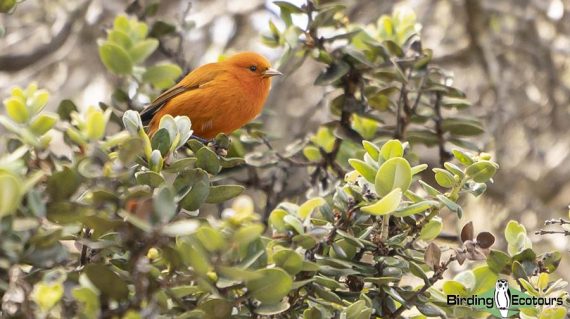
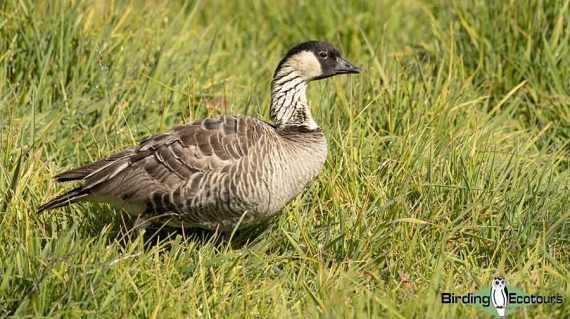
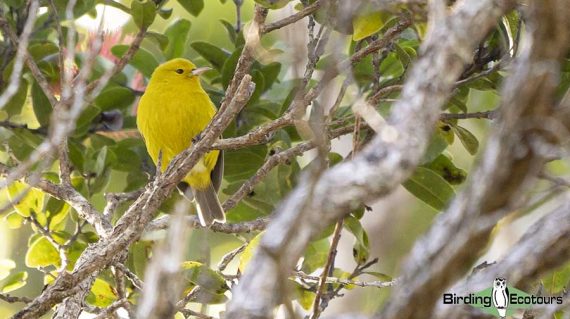
-
Will we do any birding the first day?
-
Will I get seasick on the boat?
-
How should I dress for the tour?
-
Besides clothes, what do I need to bring?
-
What language are tours conducted in?
-
Can you help me book flights?
-
Can you book accommodation for us the night before the tour starts or the night the tour ends?
-
Do you provide trip insurance?
-
Are meals included?


